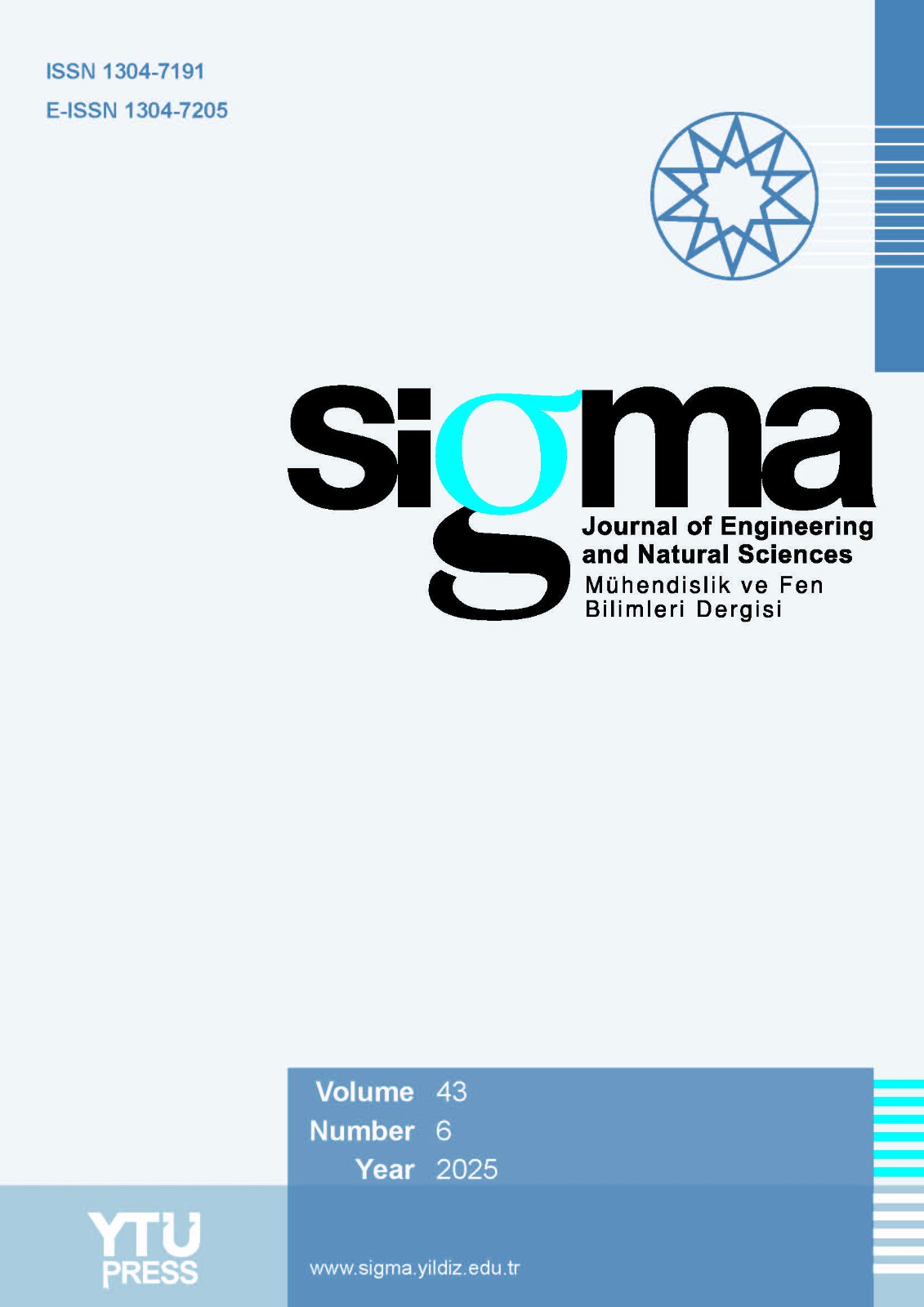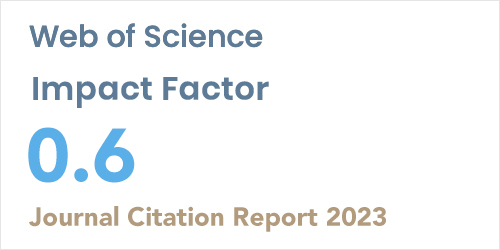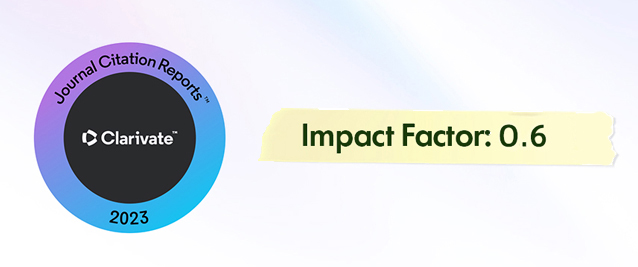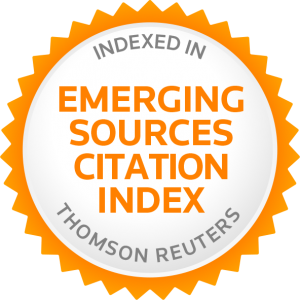Abstract
Green nanoparticle synthesis using plant methods has garnered considerable interest from scientific groups because of its benefits, including being environmentally benign and time-efficient. Cardaria draba L., aqueous extract was used in this work to create silver nanoparticles in an environmentally friendly manner. SEM, EDX, XRD, UV-VIS, and FT-IR were all em-ployed in the characterization investigations. Silver nanoparticles were measured to have a mean particle size of 41 nm. It was observed that silver nanoparticles’ absorbance increased at 460 nm in the UV-Vis spectrum. Using EDX analysis, it was discovered that 78.11% of the scanned region contained Ag. GC-MS analysis revealed that the allyl isothiocyanate com-pound was responsible for 74.07 percent of the total weight of the plant extract. In the LC-MS/MS results of Cardaria draba, vitexin is the phenolic compound found in the highest amount with 8561.6281 ng/mL. Its antibacterial properties have been investigated on various micro-organisms that cause infection, which suggests it may offer alternative solutions for treating infectious diseases. The MTT technique was used to assess the cytotoxic effects of silver nanoparticles on human colon cancer cell lines. In the human colon cancer cell line, studies have shown that the administration of silver nanoparticles increased cell death. It was determined that silver nanoparticles synthesized from C.draba have high inhibitory effects on the enzymes urease (44.64%) and collagenase (35.55%). This study did not show any LOX enzyme inhibition activity. It has been revealed that these enzyme potential are of interest as a research area in the pharmaceutical and cosmetic industries.














